Review: Arturia Dist Coldfire is a dual distortion plugin that breaks the boundaries by offering 11 swappable distortion types paired with a rich modulation engine.
Music production in the box has never been so affordable. More and more free and open-source projects are entering the plugin market. Above all, this applies to classic plugins that want to cover the bread and butter business. With this flood of free plugins, the developers of commercial releases are forced to take a more playful and experimental direction than the classic one.
This move can also be seen in the French developer Arturia, who had already released Efx Fragments, a granular plugin with a twist, back in 2021. Today with Dist Coldfire, they launched a distortion plugin that follows the same route.
It goes beyond classic destruction by offering more room for sonic explorations. Arturia sent me a copy of Dist Coldfire for a detailed review.
Arturia Dist Coldfire review
Dist Coldfire is different, fresh, and offers a lot to discover. Like a playground for distortion timbres. It starts already with a unique concept. You get a dual multi-type distortion packed with pre-/post filtering, feedback options, modulation, and more.
The signal path begins with integrating the plugin as an effect in the DAW. Here the signal is routed through two channels at the same time. On the left and the right, you have a block/module architecture. Every signal chain starts with a pre-filter which can be activated or bypassed. So you can also infuse the signal straight into the distortion.
You can choose between lowpass, bandpass, highpass, and notch. If you want something wilder and more unusual, it also hosts two comb filter models. These make the option of working with a pre-filter much more creative. Instead of removing content from the signal, you can add resonant metallics to the sound. So it becomes more fragile, more organic…
11 Distortion Types
From there, it goes into the heart, the distortion engine. This is loaded with different algorithms, like a family car ready for vacation. All in all, you will find 11 different distortion types that cover a huge sound spectrum.
- Bit Inverter: broken digital distortions by modifying signal bits on the fly.
- Bit Crusher reduces the sample and bit rates to achieve harsh timbres and digital noises
- Wavefolder distorts a signal’s waveform to add wild, aggressive overtones.
- Rectifier reshapes the waveform’s negative phase to generate new harmonics and overtones.
- Transformer: distortion timbres from magnetic hysteresis.
- Tape is a classic tape saturation great for adding subtle analog-style warmth and more.
- Waveshaper modifies a waveform and adds new harmonic content to it
- Force gives you everything from rich analog-style distortion to full overdrive thanks to hardware modeling
- Tube recreates the signature sound of vacuum tubes, aka warm tube saturation.
- Germanium produces the distortion timbres found in hardware amplifiers with germanium diodes.
- Transistor: the sound from vintage transistor preamps.
You can select these via a drop-down menu on both sides. Each effect has different parameters with which you can adjust it in detail. For example. you can set the aliasing, frequency, jitter… in the bit-crusher.
Distortion Models – Impression
I really like the colorful graphic representation of the different models, and it’s fun to tweak them.
All 11 are exciting and offer a lot of scopes to give sounds more character and warmth. As a Synthesizer nerd, I naturally love the waveshaper and wavefolder, mainly because both have numerous modes (soft bounce, hard bounce…) that catapult every synth sound with a few clicks in different wilder directions.
But the other distortions should not be underestimated. The Bit Inverter and Bit Crusher are particularly appealing for glitch, unstable noise textures. Tape, Force, Germanium… are powerful sound weapons if you want to infuse analog-style warmth, volume, and life to your sounds.
It doesn’t matter whether it’s a slight, subtle change in the sound image or massive destruction, the 11 models master both sides perfectly. And thanks to the many adjusting options, every music producer will find their sweet spot that suits their sound or track.
Routing
Don’t forget: Dist Coldfire can work with two distortions simultaneously if necessary. Waveshaper with tape, a transistor with wave folder, bit crusher with tape… there’s a lot to discover. It’s nearly impossible to describe everything here.
Then from the distortion, it goes directly without detours into a post filter consisting of a lowpass and highpass filter. In this, you pull the filter with a graph over the signal. Here, too, you can switch it on and off. This section is useful for removing dangerous overtones or an area from the sound image.
The Arturia developers have not left the signal path to chance either. They made it completely customizable by offering the user five different routing settings: serial, parallel, stereo, mid/side, and band split. So you can completely adjust the distortion process to the area you need.
This is visualized very appealingly with different colors, and depending on where you are with the slider, the color changes. Great job.
I like the flexibility of the plugin, and it offers many areas of application. I would have been even happier if the developers had packed the whole thing completely into a modular-style architecture. That you can create your signal flow by swapping modules (dist, filter, feedback…) in and out as you like.
Dynamics & Feedback
Arturia completes the signal flow with a dynamics and feedback section. The dynamics section consists of a compressor, multiband compressor, and a limiter that can be inserted pre- or post-distortion. Tools that are helpful to get a grip on your distorted sounds and make them rounder.
If these tools are too simple for you or if the entire dual distortion doesn’t bang enough, you can work with feedback. Dist Coldfire has a built-in feedback processor hidden in the advanced panel. It is based on a filtered feedback delay with adjustable BPM.
Once set, you can route it to individual slots or both simultaneously. The results vary greatly. You can generate light delays, give the whole effect the final boost or end up in a deep, endless feedback loop. Work carefully and with a little sensitivity with the feedback knobs. Otherwise, it can get really loud.
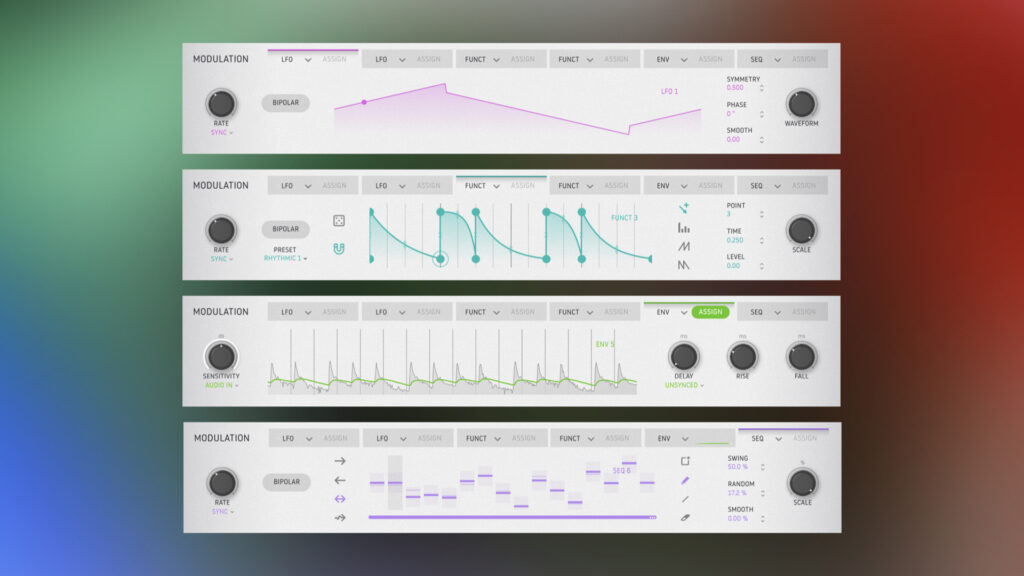
Modulation
Coloring audio signals is the easiest task for any effects plugin, whether free or commercial. It becomes more difficult if you want to use it selectively or in motion. That’s not a problem here. There is a complete modulation engine in Dist Colorful that is also known from other Arturia plugins.
Each slot, 6 in total, can be a versatile LFO, a fully customizable function generator, an envelope follower with delay-rise-fall settings, or a step sequencer. With the simple mapping system, you can modulate almost every engine parameter, even the modulators themselves. This option significantly increases the flexibility and depth of the distortion algorithms.
It allows you to animate distortion in a few clicks and thus generate effect curves tailored to your tracks. Away from the static, towards evolving distortions, organic wave folding timbres, or saturation on the point. You can use this modulation engine very selectively to achieve a more organic, lively effect.
You can also blast the normal and go full experimental, resulting in glitch timbres, rhythmic distortions, and saturations that wander back and forth in the stereo image… The mod engine definitely unlocks more unknown levels yet to an already huge playground for distortions, saturations, and more.
More…
Also worth mentioning is the master section, in which you can precisely mix the effects on your signal with input, output, color, and dry/wet controls.
Arturia ships the plugin with a huge number of very good presets. They provide a good foundation to start creating your timbres. Or you set everything to zero and start from scratch, which is the most fun.
Arturia Dist Coldfire Review
Dist Coldfire is another creative plugin from Arturia that aims to push the boundaries of the classic. And they achieved that here. They offer a dual distortion plugin that goes far beyond bread and butter. It ranges from classic distortions, and analog-style saturations to modern ones like wavefolding/waveshaping or bit flipping.
And the possibility to freely combine two distortions with flexible modulations allows you to push the boundaries and create your very own evolving timbres, not possible with a simple processor. It’s a paradise for distortion and noisemakers.
I’m really impressed with the plugin’s capabilities and sound. It was a lot of fun testing it for you. Only with the white interface, I’m not sure if most users will like it. A darker version would certainly be desirable
Sound Demo
Pro
- versatility thanks to a rich dual engine (pre/post filtering, 11 distortions, modulations…)
- sound quality
- appealing and intuitive user interface
- presets
Neutral
- white user interface, hopefully, we get a darker version
- flexible routing but maybe next time, one step towards a modular signal chain?
Dist Coldfire is available now for 99€. Check your user account to unlock special discounts. There is also a special Bundle featuring the Arturia FX Collection 3 + Dist Coldfire for 299€ instead of 399€. This offer is available until September 15th, 2022. The plugin runs as a VST, VST3, AU, and AAX plugin on macOS (Intel + Apple Silicon) and Windows.
More information here: Arturia
Available at my partner

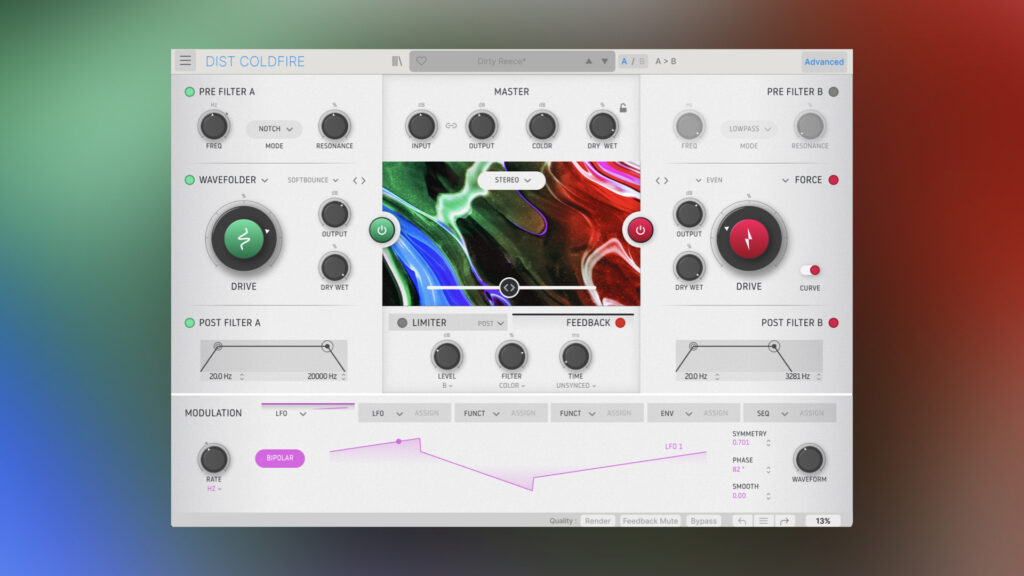
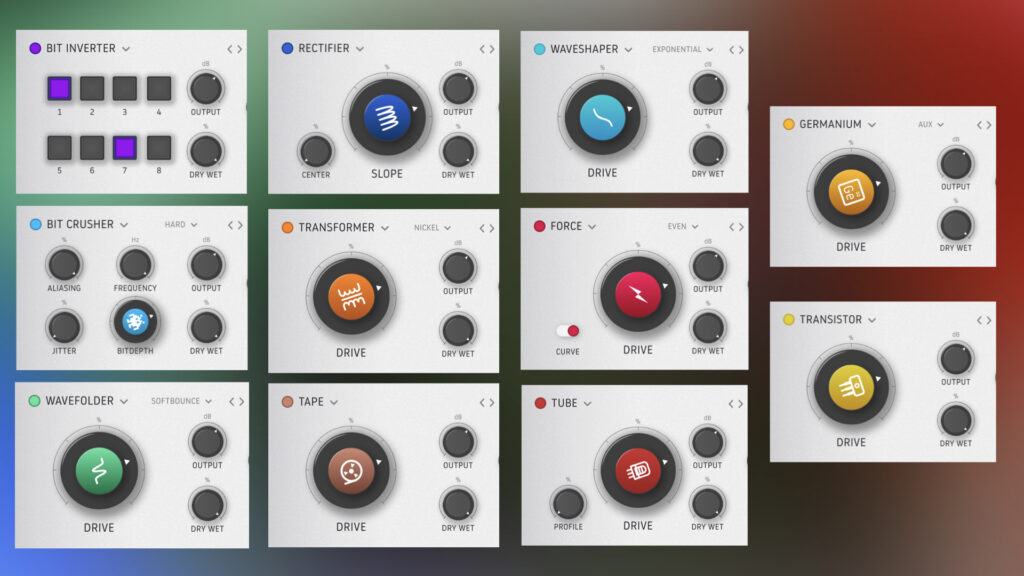
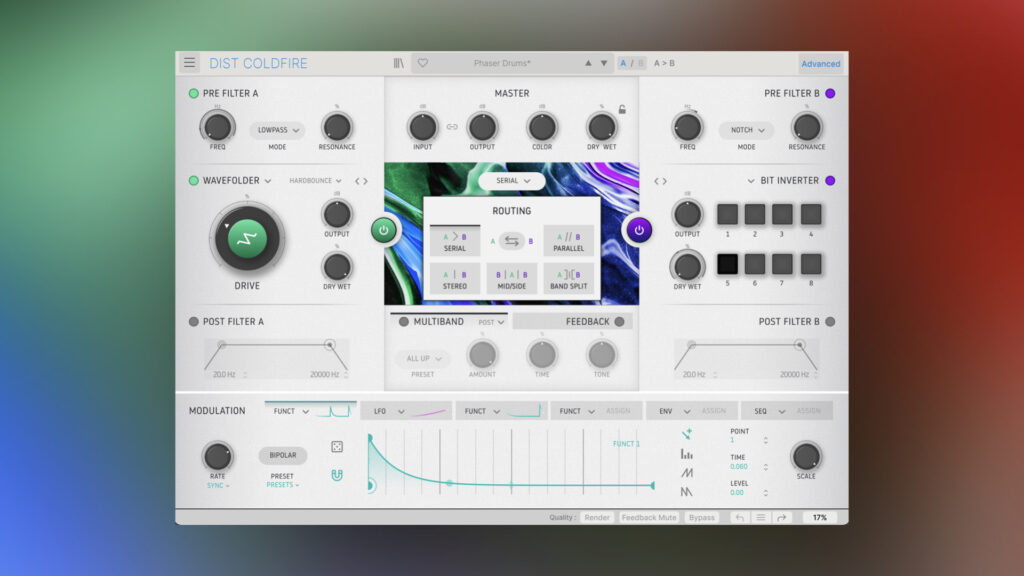
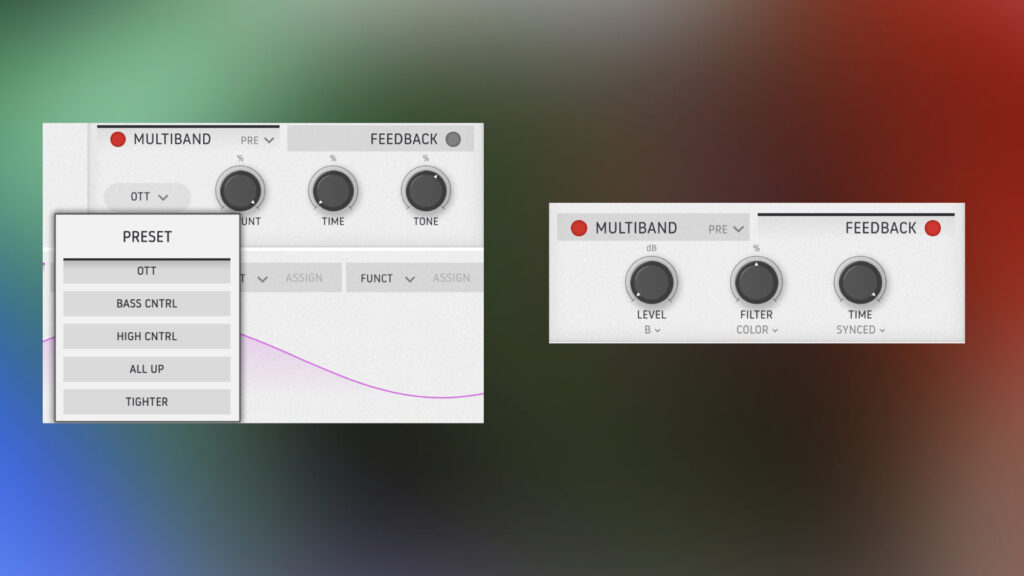
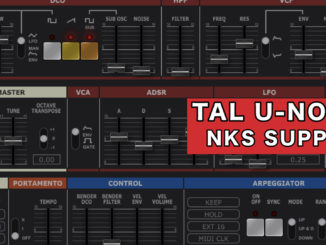

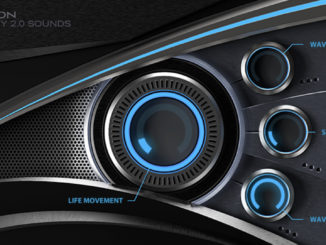
Be the first to comment